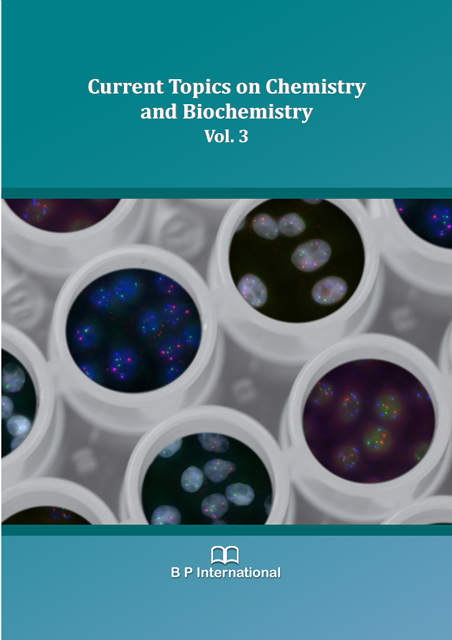Design, Sensing and Binding Abilities of Porphyrin-based Heterotopic Receptors with Well-defined Geometries
Current Topics on Chemistry and Biochemistry Vol. 3,
30 June 2022,
Page 1-56
https://doi.org/10.9734/bpi/ctcb/v3/2292A
Recent advances in design, sensing and binding abilities of porphyrin-based heterotopic receptors with well-defined geometries towards anions, ion pairs and neutral molecules of various natures are analyzed, summarized and classified. Synthetic approaches to the tetrapyrrolic macrocycles and methods of their functionalization are presented. General principles, mechanisms and driving forces of the formation of porphyrin-based supramolecular complexes are discussed. Most attention is on the development of effective systems for controlled recognition, selective delivery, and prolonged release of substrates of different natures to their sites of functioning.
